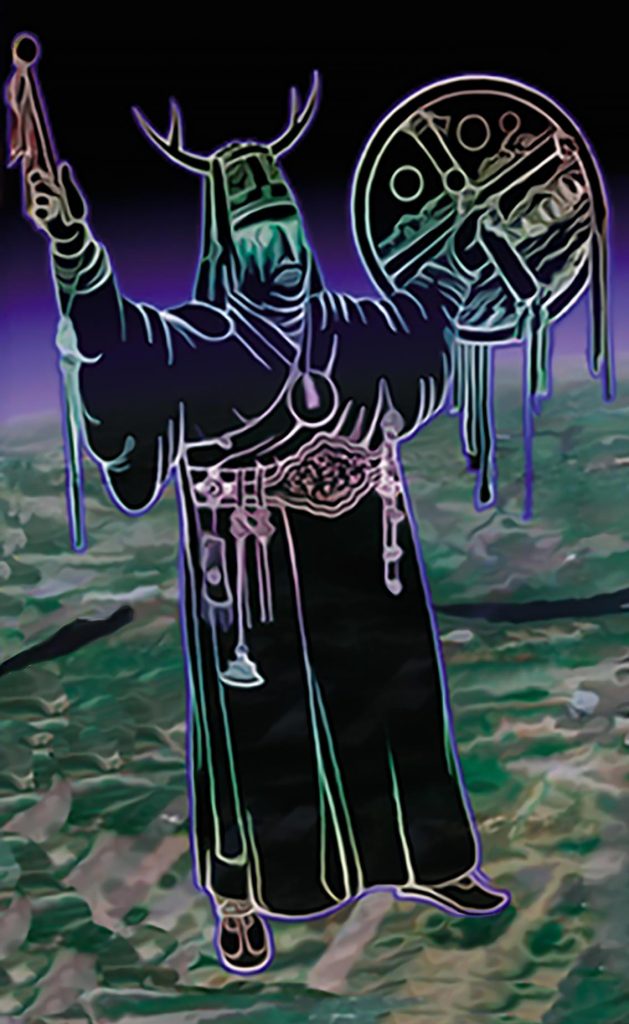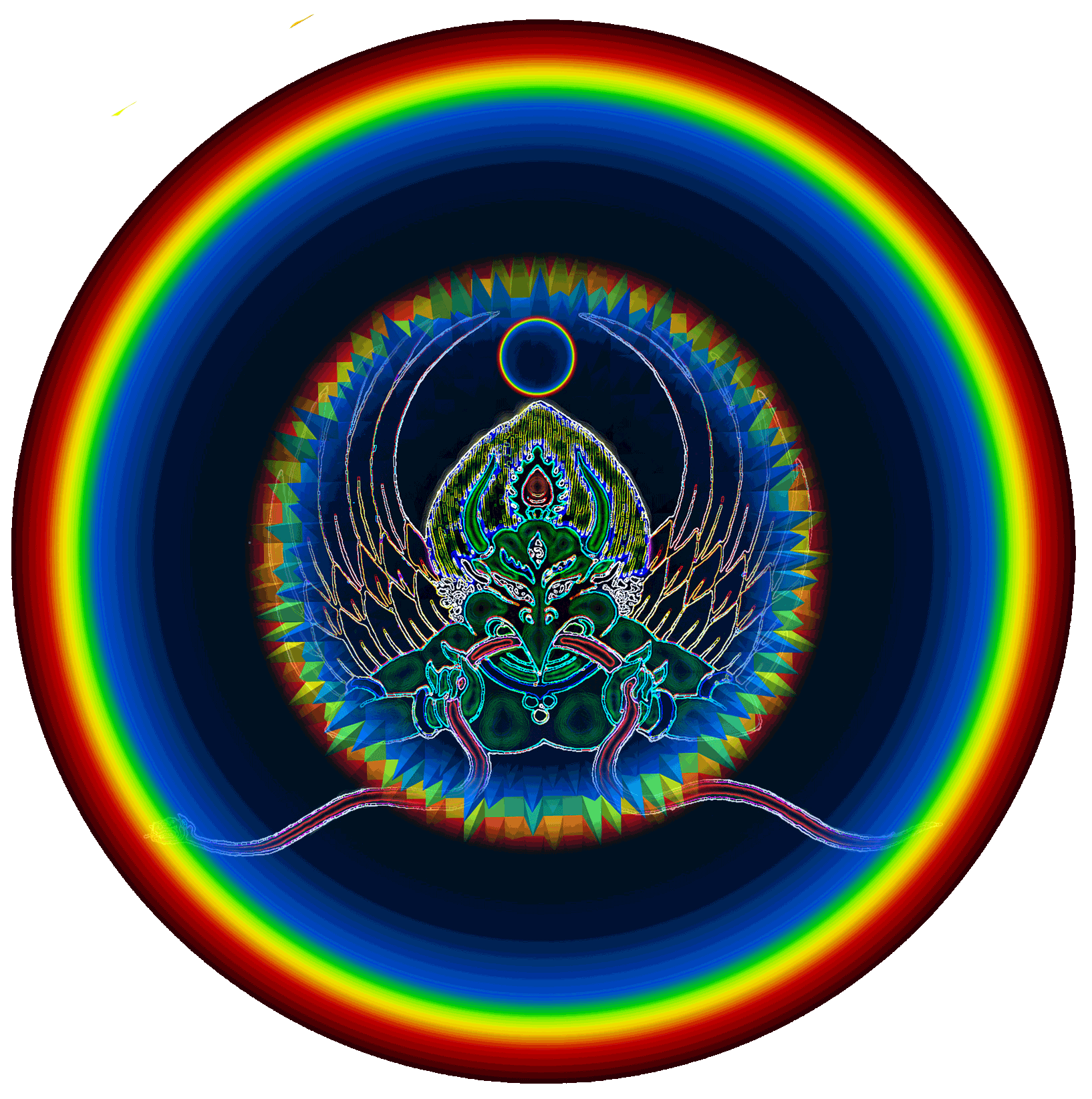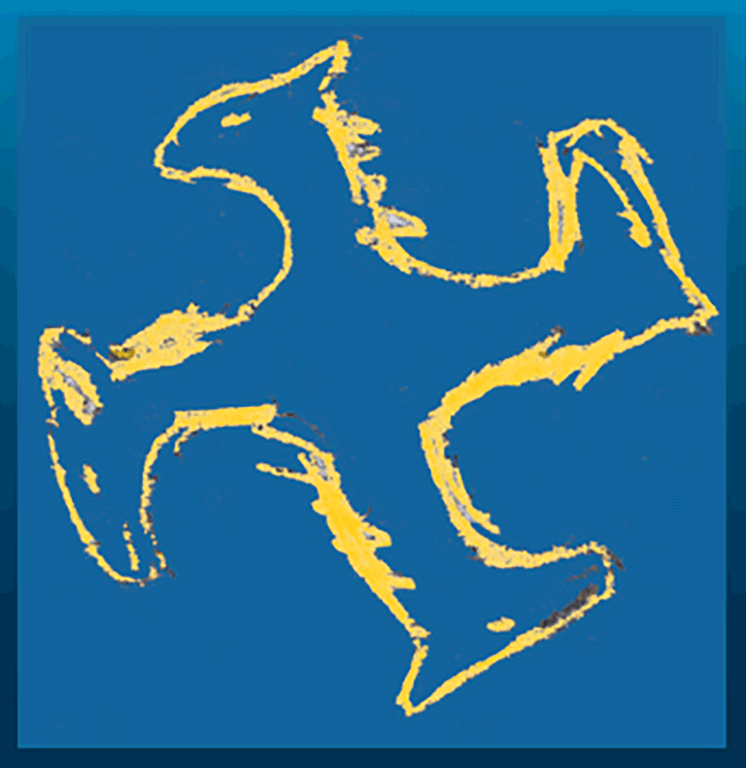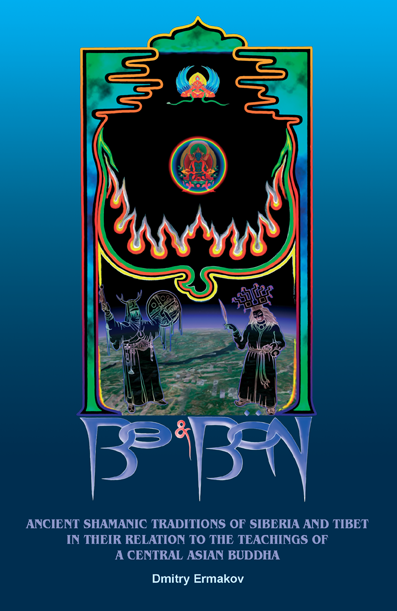
Meaning of the word 'shaman'
The word šaman 'shaman' has only one meaning in the Tungus language group: it just means 'shaman', the priest. Some trace it to the verb sa-, 'to know' but this is highly unlikely because this verb has a long vowel while šaman has a short one [...] As for me, this Tungus word should be compared with the Nenets word sambana, a designation of one category of Nenets shamans. These sambana shamans shamanize to the Underworld in a similar way to the shamans of Tungus who, basically do mainly that.
At the beginning of the twentieth century, the absolute majority of western scholars who studied the native Siberian spiritual traditions insisted that the term ‘Shamanism’ should be applied only to the traditions of the peoples of North Asia and some small locations in Europe such as southern regions of Russia where Kalmyk Mongols settled. Scholars such as D. Klemenz, M.N. Hangalov, W. Radloff, R.Maack, L. von Shrenck, V. Bogoraz, V. Jochelson and many others unreservedly stood by the understanding that Shamanism as a religious and cultural phenomenon is limited to these territories and nations who traditionally inhabited them before the conquest of Siberia by the Russians. However, later researchers gradually departed from this clear definition and the term began losing its precise meaning and value. With the onset of the New Age movement, this term came to be applied to any kind of traditional or questionable, to say the least, New Age psychic techniques regardless of whether it has anything to do with Native Siberian traditions or the methods of Siberian shamans or not, thereby rendering this term completely meaningless and unsuitable for use in serious research. Some teachers adhering to religions devoid of the figure of a shaman nevertheless try to re-invent themselves as ‘shamans’ and their teachings as ‘shamanic’ in order to better sell themselves and their beliefs to the audience. In fact, they only damage their own tradition and further degrade the meaning of the word ‘shaman’.
There is nothing wrong with the term ‘Shamanism’ as such; although it suffers from the problem faced by all ‘isms’ – undue generalization – it can still be employed positively in the future if, by some caprice of fate, its use returns to its original definition and to the cultural and religious phenomenon it once represented.
Bө Murgel
Despite the fact that the various native Siberian spiritual traditions have many cults and concepts in common due largely to their similar cultural, religious and geographical environment, the differences between them are comparable to those between major world religions. One of the most important aspects found in all Siberian religions is Polytheism and indeed, this is very developed in modern-day Buryatian Bө Murgel which probably has the biggest and most complex pantheon among all the native Siberian religions. The main distinctive feature of Bө Murgel, however, is its cults of Huhe Münhe Tengeri (Eternal Blue Sky) and Tengeri (Sky-Dwelling Gods), so we pay special attention to these in this book. In my opinion it is these cults which are central to Bө Murgel and define the Bө‘s distinct techniques and approach, although their real meaning and significance can be easily overlooked or misinterpreted.
Buryatian ‘shamans’ call their religion Bө Murgel or Bө Shazhan, with murgel and shazhan both meaning ‘religion’ in general and bө being the main name. Bө Murgel is not peculiar to Buryats alone but is found in various forms among various Mongol tribes and also in Tuva. In Bө and Bön we will focus on the Buryatian version as it is this strand which I have studied and, to some extent, practised. Lake Baikal – the world’s largest volume of freshwater, home to many unique flora and fauna, source of inspiration and steeped in legend – is central to this tradition, and much revered.
A rich and powerful belief system, Bө Murgel’s priests (bө) and priestesses (utgan) were forced to shed many of the outer aspects of their religion – such as elaborate ritual costumes – under the persecution of the Soviet regime which saw many followers of Buddhism and Christianity slaughtered in the bloody repressions. The bө and utgan fared better, melting back into the magical web of the natural landscape, focussing on the more mystical aspects of their traditions retaining their core beliefs and invocations which are now once again practised collectively in the ancient power places of this vast and impressive land.


